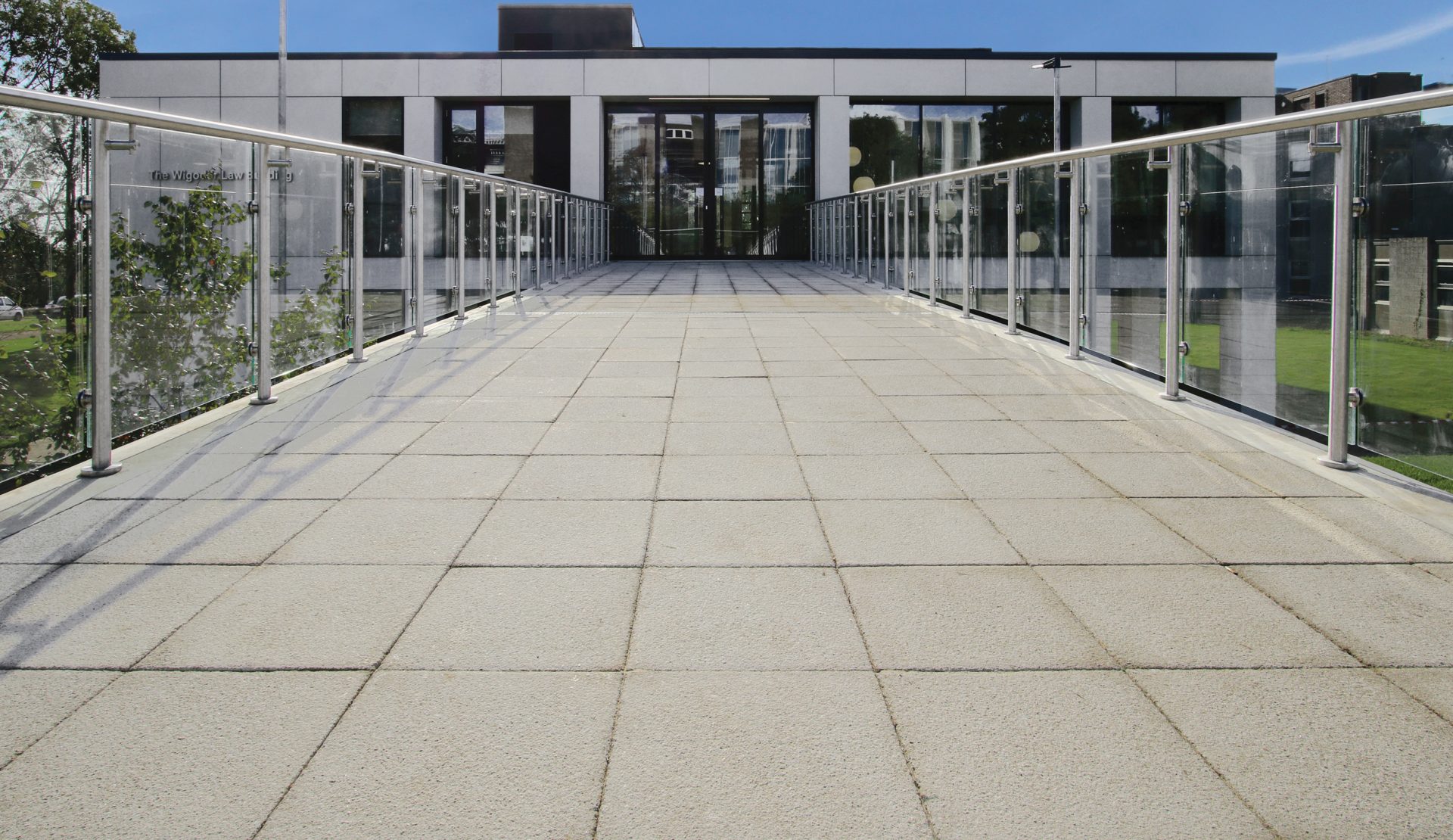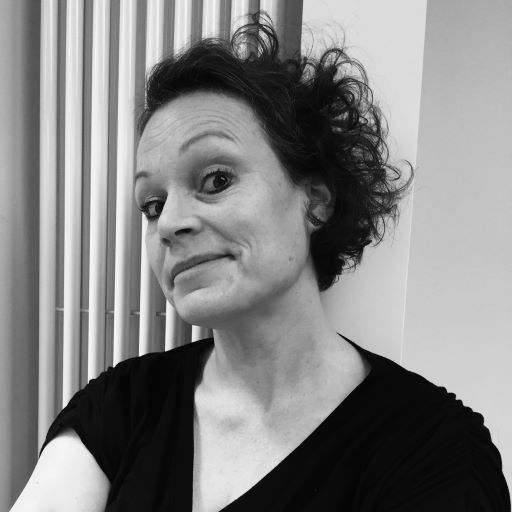Research
For most of her career, Amanda Perry-Kessaris, Professor of Law, has focused on questions about law and economy. For example, how does law generate, destroy, coordinate and communicate about economic actions, values and interests; and how do economic actions, values and interests in turn shape law?
Over the last decade, Amanda has been researching what design can do for law, including legal practice, activism, policy making, research and teaching. For example, last year she published Doing Sociolegal Research in Design Mode (Routledge 2021) – the first exploration of what design can do for sociolegal research, and recently, Amanda and Emily Allbon have edited Design in Legal Education (Routledge 2022) – a visually rich, experience-led collection exploring what design can do for legal education.
Teaching
Amanda has uses design methods as part of LAWS9291 Research Methods in Law which is compulsory for first year PhD students at Kent Law School. Her favourites are three model-making or prototyping activities. They can be done separately, but she finds them most satisfying and impactful when done in series all on one day. Amanda explains:
- First you build a LEGO model to explain your research project—what are the key components, how do they relate to each other, where do you see yourself in relation to the project?
- Second, you find an artefact in a formal collection that represents (for you) some aspect of your research— such as a relationship or a time period. You do a detailed analysis of the artefact (including, for example, its material character, and its historical or contemporary cultural significance) to generate new insights into your research topic.
- Third, you make an object (for example, out of clay) to capture some a dimension of your research that you want to be able to keep a hold of (such as a person who is too easily forgotten, or an idea that you have not yet quite pinned down).
If you do these exercises collaboratively, you can also have pop-up displays of each participant’s models in relation to each other, which can be useful for generating a sense of community around a particular research theme. When we did this in the British Museum we drew quite a crowd.
In the media
Amanda was recently interviewed for the Legal Design Podcast. Find out what her three lawyerly concerns are, and how design can help to address them, in Episode 43: What Lego’s Got to Do with Legal Research?
You can follow Amanda on Twitter @aperrykessaris.

